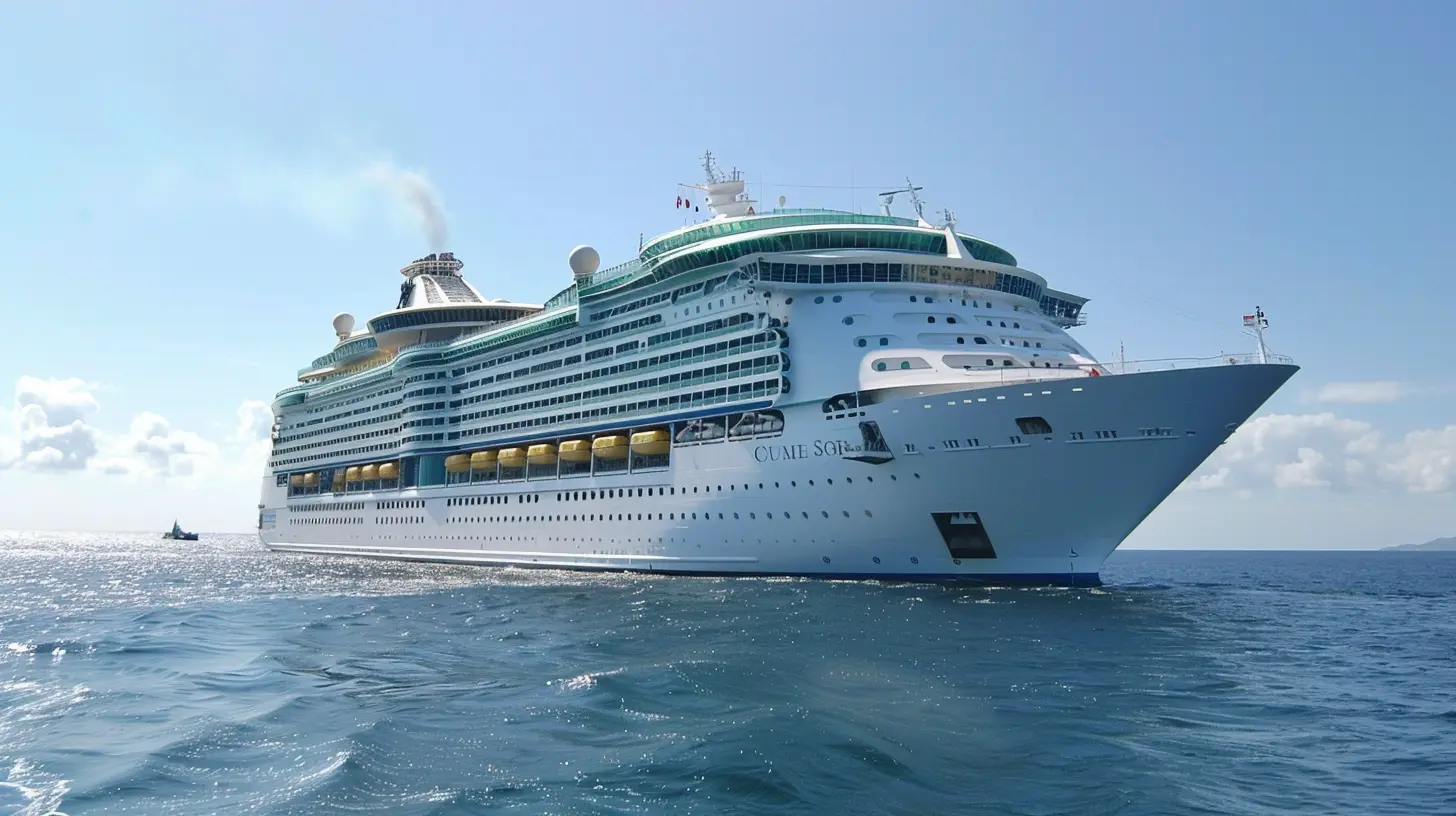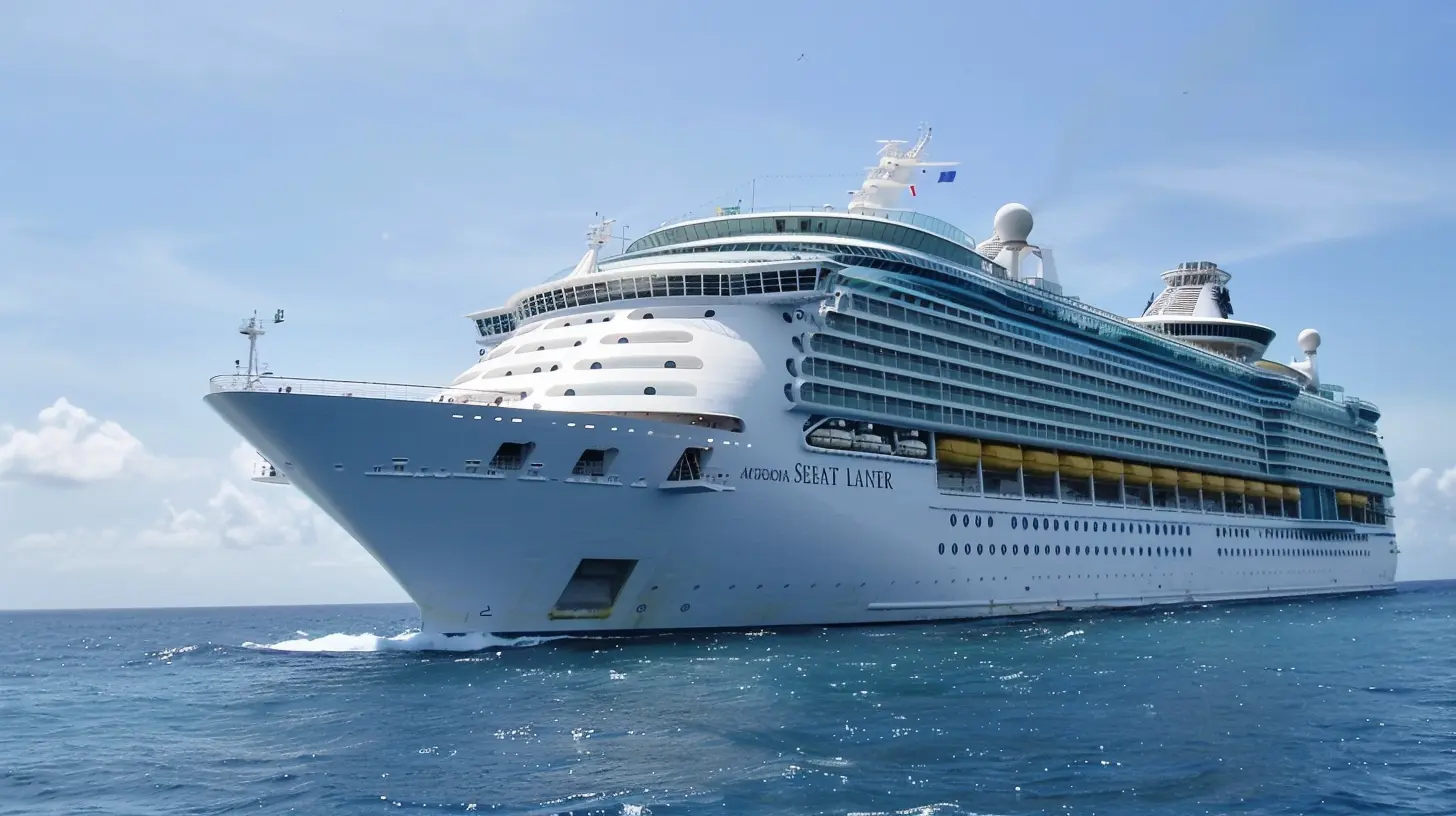How to Handle Seasickness on Your Cruise: Tips and Tricks
28 June 2025
Going on a cruise is an exciting adventure—you’re surrounded by the vast ocean, enjoying stunning sunsets, delicious food, and endless entertainment. But for some, the thought of seasickness can turn that dream vacation into a nightmare. If you're worried about feeling queasy on your cruise, don’t stress! With the right preparation and a few tried-and-true remedies, you can enjoy your trip without that uneasy feeling.
Let’s dive into the best ways to prevent and handle seasickness so you can fully soak up your cruise experience! 
What Causes Seasickness?
Before we jump into solutions, let’s quickly understand why seasickness happens. It’s all about a disconnect between what your eyes see and what your inner ear (which controls balance) senses. When the ship moves, your inner ear detects motion, but if your eyes aren’t picking up the same movement (like if you're inside a cabin), your brain gets confused. This mix-up can trigger nausea, dizziness, headaches, and even vomiting. Annoying, right?Luckily, there are plenty of ways to prevent and treat seasickness, so keep reading! 
Prevention: Stop Seasickness Before It Starts
The best way to deal with seasickness is to stop it before it even begins. Here are some proactive steps to keep motion sickness at bay:1. Choose the Right Cabin Location
Where you sleep on the ship plays a huge role in how much motion you feel. If you’re prone to seasickness, book a cabin in the middle of the ship, on a lower deck. This area experiences the least movement compared to the front (bow) or back (stern) of the vessel.2. Take Motion Sickness Medication
If you already know you’re prone to seasickness, don’t wait until you feel nauseous to take action. Over-the-counter medications like Dramamine or Bonine can work wonders. They help prevent nausea and dizziness, but they can cause drowsiness, so take them before bed if possible.For a prescription option, try Scopolamine patches. These small patches go behind your ear and release medication slowly over time—perfect for longer cruises.
3. Eat the Right Foods
What you eat can make a big difference. Avoid greasy, heavy, or spicy foods before and during your cruise, as they can make nausea worse. Instead, stick to light, bland foods like crackers, toast, and apples. Ginger is also a natural remedy known to calm an upset stomach, so bring some ginger candies or tea.4. Stay Hydrated (But Watch the Booze and Caffeine)
Dehydration can worsen seasickness, so drink plenty of water. However, avoid excessive alcohol and caffeine, as they can dehydrate you and make symptoms worse.5. Get Plenty of Fresh Air
Spending too much time in enclosed spaces can make seasickness worse. Step outside on deck, feel the breeze, and focus on the horizon. This simple trick can help your brain and inner ear sync up again.6. Acupressure Wristbands
Many cruisers swear by acupressure wristbands. These bands apply gentle pressure to a specific spot on your wrist (called the Nei-Kuan point), which is believed to reduce nausea. They’re drug-free, affordable, and worth a try!7. Keep Your Eyes on the Horizon
If you start feeling queasy, find a spot where you can see the horizon. Your brain will adjust to the movement, and you’ll feel more stable.
What to Do If You Start Feeling Seasick
Even with the best prevention, you might still feel a little off. If nausea starts creeping in, don’t panic! Here’s what to do:1. Lie Down and Close Your Eyes
If possible, lie down in the middle of the ship where movement is least noticeable. Close your eyes or take a short nap to help reset your senses.2. Take Deep, Slow Breaths
Controlled breathing can help ease nausea. Breathe in deeply through your nose, hold it for a few seconds, and slowly exhale through your mouth. This calms your nervous system and can reduce dizziness.3. Try Ginger or Peppermint
Both ginger and peppermint have natural anti-nausea properties. Sip ginger tea, chew peppermint gum, or suck on a peppermint candy to ease the discomfort.4. Avoid Screens and Books
Reading or staring at your phone can make seasickness worse. Instead, focus on something stable—like the horizon—or close your eyes and rest.5. Cool Down
Feeling hot can intensify nausea. If you’re feeling sweaty and flushed, move to a cooler area, sip cold water, and place a cool cloth on your neck or wrists.
Alternative Remedies and Natural Solutions
If you prefer natural remedies over medication, here are some options to consider:1. Essential Oils
Aromatherapy can be a lifesaver. Scents like peppermint and lavender can help calm nausea. Dab a little on your wrist or inhale deeply from a tissue.2. Apple Cider Vinegar
It may sound odd, but some travelers swear by drinking a small amount of apple cider vinegar mixed with water before setting sail. It helps balance stomach acid, reducing nausea.3. Green Apples
Many cruise lines offer green apples because they’re believed to help settle upset stomachs. Keep one handy just in case!FAQs About Seasickness on a Cruise
1. Will I Automatically Get Seasick on a Cruise?
Not necessarily! Many people don’t experience it at all, especially on modern cruise ships equipped with stabilizers. However, if you’re prone to motion sickness, taking precautions is a good idea.2. Are Large Ships Better for Seasickness?
Yes! Bigger cruise ships tend to have more stability and less motion, making them a great choice for those worried about seasickness.3. Can You Get Seasickness Even If You’ve Never Had Motion Sickness Before?
It’s possible, but unlikely. If you’ve never had trouble with motion sickness in cars or planes, you’ll probably be fine on a cruise.4. How Long Does Seasickness Last?
For most people, symptoms last a few hours to a day. Your body usually adjusts within 24-48 hours.5. Can the Crew Help If I Feel Seasick?
Absolutely! Cruise ships are well-prepared for seasickness. Crew members can provide medication, ginger ale, or even crackers to help calm your stomach.Final Thoughts: Don’t Let Seasickness Ruin Your Vacation
Seasickness can definitely be a downer, but it doesn’t have to ruin your cruise. With a little preparation and some simple remedies, you can stay ahead of the nausea and enjoy every moment of your trip.So, book that cruise, pack your favorite remedies, and get ready for an unforgettable adventure on the open sea. Bon voyage!
all images in this post were generated using AI tools
Category:
Cruise TravelAuthor:

Shane Monroe
Discussion
rate this article
2 comments
Courtney McCool
Great tips! I found ginger tea and acupressure bands particularly effective. Also, staying on deck for fresh air makes a huge difference. Happy sailing!
October 29, 2025 at 5:38 AM
Ivory Gilbert
This article provides practical strategies for preventing and managing seasickness on cruises. Highlighting both natural remedies and preventative measures, it empowers travelers to enjoy their experience without discomfort.
June 30, 2025 at 2:58 PM

Shane Monroe
Thank you for your feedback! I'm glad you found the strategies helpful for enhancing the cruising experience. Safe travels!


